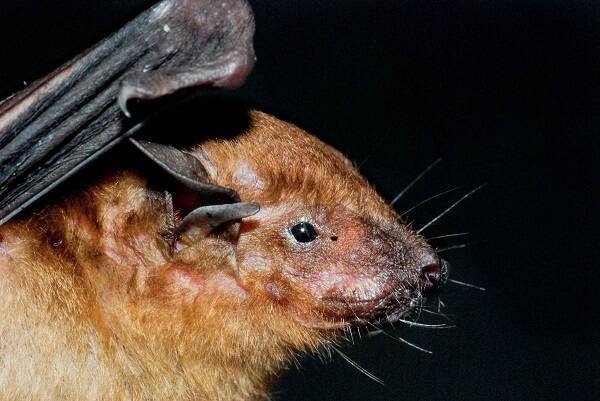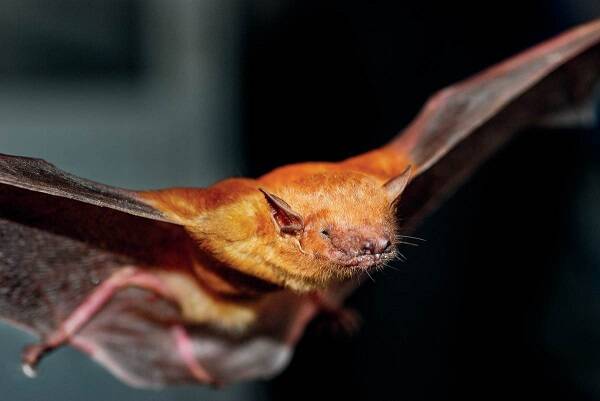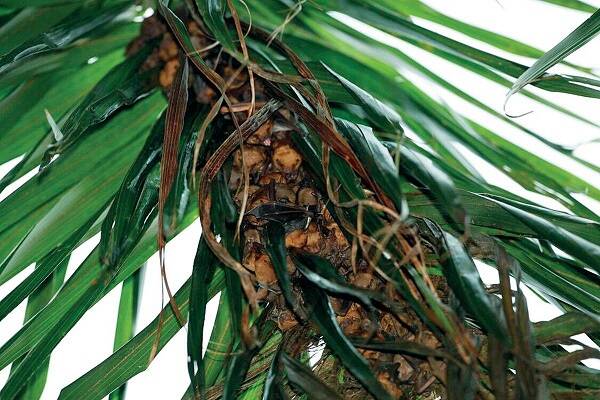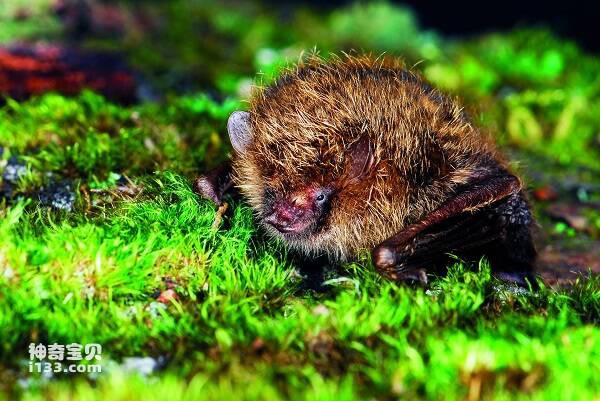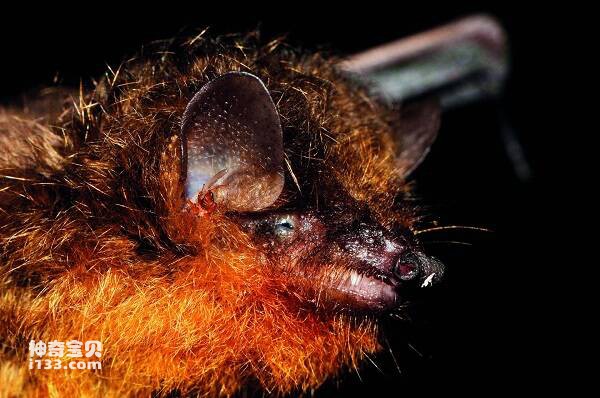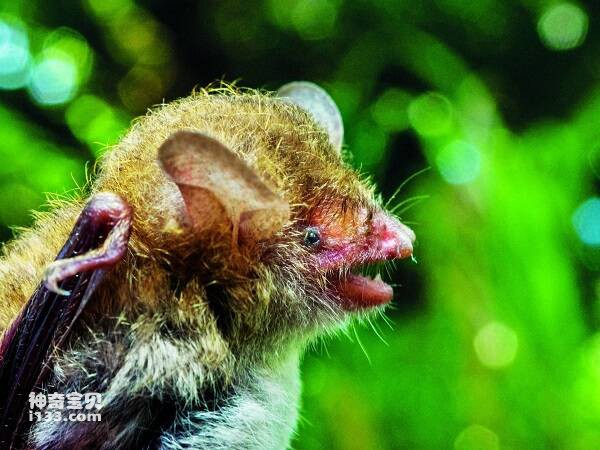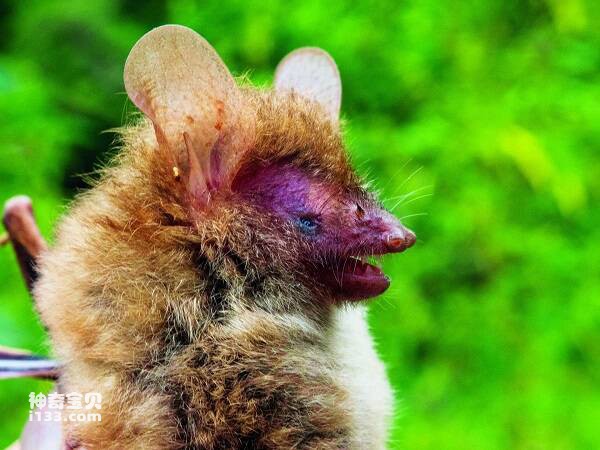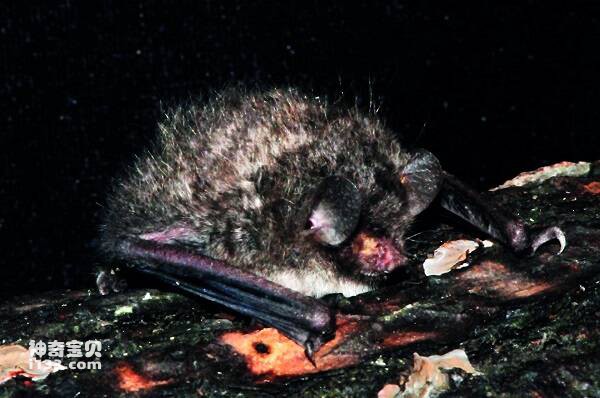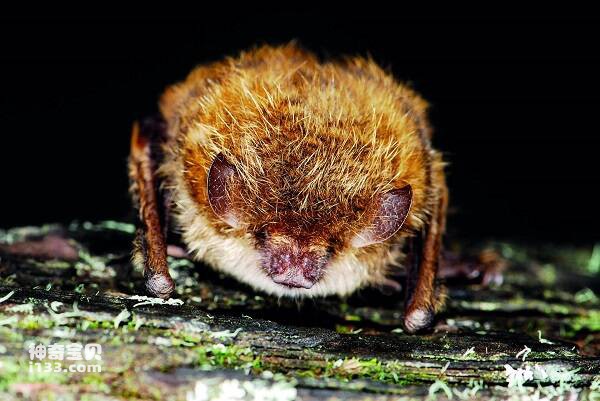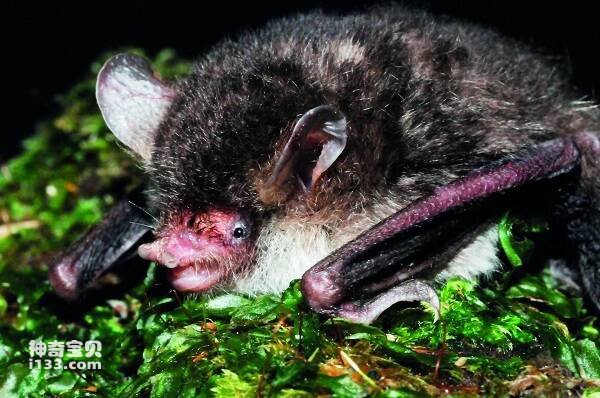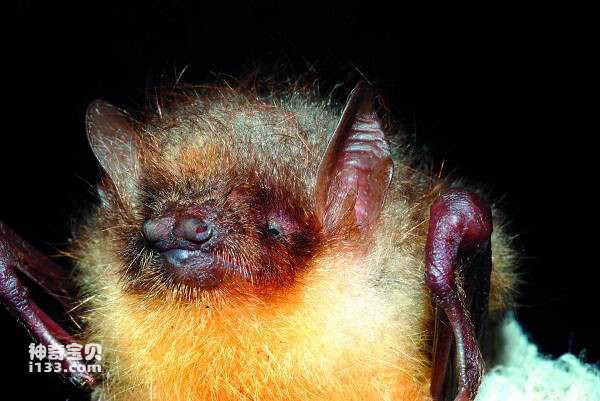Scotophilus kuhli
IUCN
LCBasic Information
Scientific classification
- name:Scotophilus kuhli
- Scientific Name:Scotophilus kuhli
- Outline:Chiroptera
- Family:ChiropteraB.family Y.Bat
Vital signs
- length:
- Weight:
- lifetime:
Feature
He is slender and stocky, light brown or olive green in color.
Distribution and Habitat
It is distributed in Fujian, Guangdong, Hong Kong, Hainan, Guangxi, Yunnan and Taiwan. It is widely distributed in South Asia and Southeast Asia.
Little yellow bats live in tropical and subtropical homes.
Appearance
It is significantly smaller than the Rhubarb bat ( The little Yellow bat, which ranges from sea level to 1100m above sea level, is a highly adaptable bat species. Colonies of tens to hundreds of individuals have been known to congregate in temples, caves, hollow trees, palm leaves, roofs and walls of buildings, abandoned buildings, and tree hollows. Nocturnal, flying out early in the evening to feed on insects. Low flying, has the habit of migrating to the wintering ground before the onset of winter. The little yellow bat also roosts in the leaves of the palm family and makes use of swallow nests under bridge piers. Young bats can be found around June every year, for their reproductive period. Wang Yingxiang (2003) defined the island population of Hainan and Taiwan as the subspecies <Scotophilus kuhlii consobrinus>. However, phylogeographical studies showed that: The Hainan population and the Guangdong population seem to be a mixed population, which does not support the Hainan population as a valid subspecies. Therefore, Yu et al. (2012) suggested that all lesser yellow bats outside Yunnan should be divided into the South China subspecies <S. k. consobrinus>. The species used the scientific name <S. temmincki>.Details
